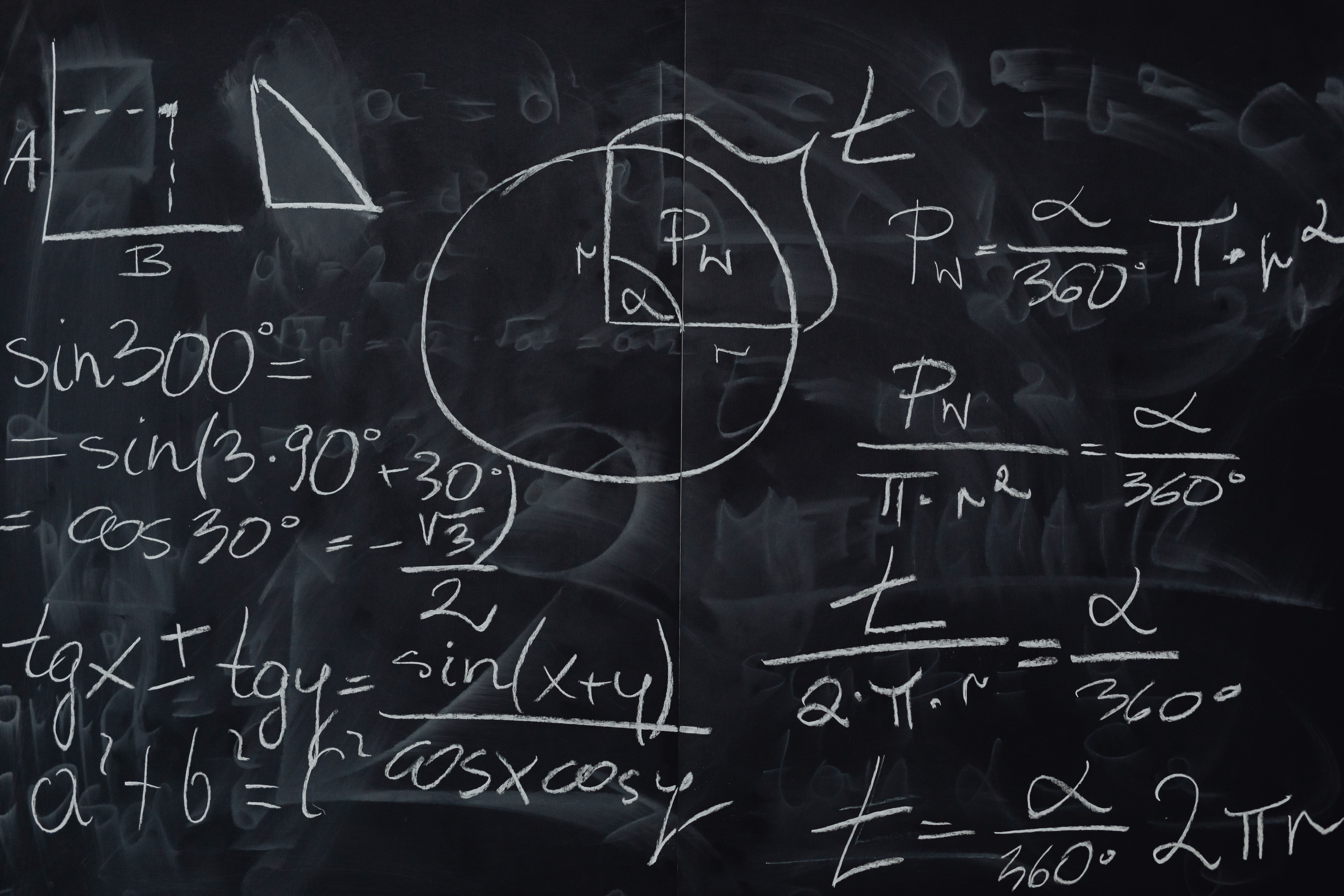
What Formulas and Definitions to Memorize for the ACT and SAT
The key to beating the clock on the SAT and ACT Math sections is knowing what to expect.

The ACT and SAT math sections cover such a wide variety of topics and principles that it can be challenging to know which ones to study. Fortunately, many topics consistently come up on every test: those are the formulas you should know like the back of your hand. To that end, we’ve created the following list of math topics that almost always come up somewhere on these tests, though some more frequently than others.
The title of this post might be a little misleading: acing the ACT and SAT math sections does not come down to memorizing formulas. Still, there are some formulas that you need to know in order to perform your best. We suggest you aim to learn these formulas inside and out, and rely on rote ‘memorization’ as little as possible. If you really understand what these formulas mean and how they are derived, you won’t have to do much (if any) memorization in order to know how to solve the wide variety of questions that come up on the ACT and SAT
A final note: What you study and “memorize” depends on your goals and where you are in your preparation for the test. For example, this list is missing topics like matrix multiplication that sometimes arise on the exam. Students aiming for a perfect score will want to be sure to cover such topics. Students who struggle with the math section may choose to focus only on the most common topics, and skip over topics such as permutations and combinations, which usually only comprise a couple of questions on the test.
Linear Equations
- Calculating slope:
- Slope-intercept form:
- is the slope
- is the -intercept
- Midpoint formula: The midpoint between points and is ,
- Remember: it’s literally the average or the mean between the two points.
- Distance formula:
- You can derive this yourself by using the Pythagorean theorem, where the hypotenuse is the line between the two points, and the legs are the horizontal and vertical components.
Exponents and Logs
Exponent rules:
- To help remember these, see our post about the most common algebra mistakes and how to avoid them
Log rules:
- Helpful exercise: try to derive these rules from the exponent rules!
Polynomial Equations
- Squaring a binomial:
- Importantly, the square does NOT come out to .
- Knowing what the result will look like without FOIL-ing by hand will save you time on the exam.
- Difference of squares:
- Quadratic formula: If , then .
- This is one of those rare cases where you really do just have to memorize the result.
- Vertex form of a parabola:
- is the vertex of the parabola
- Make sure you know how to apply graph transformations!
Geometry

- Equation for a circle:
- is the center of the circle and rr is its radius
- Make sure you know how to complete the square to put other forms of the equation back into this form.
- Pythagorean theorem:
- Remember this only works for right triangles!
- is the hypotenuse
- Special right triangles to know
- Has side lengths , where the value of xx depends on the particular triangle
- Make sure you know which side length lies across from which angle
- Has side lengths , where the value of xx depends on the particular triangle
- Make sure you know which side length lies across from which corresponding angle
- We don’t need to know the angle measures for this triangle or the one below, but remember that what’s important is the relative sizes of the side lengths (so, for example, a right triangle with side lengths 6, 8, and 10 is a triangle)
- Circumference of a circle:
- Arc length of a sector of a circle (with associated angle in radians):
- If the angle is expressed in degrees, then we have
- To remember this, it’s helpful to think of the arc as a fraction of the total circumference, just as the angle size is a fraction of the total degrees in a circle.
- If the angle is expressed in degrees, then we have
- Area of a circle:
- Area of a sector of a circle (with the angle in radians):
- If the angle is in degrees, then it is
- Again, this comes from thinking of the section as a fraction of the whole “pie”.
- If the angle is in degrees, then it is
- Area of a rectangle:
- Area of a triangle:
- Note that the height is not necessarily a side length (unless the triangle is a right triangle)
- Area of a parallelogram:
- Note that the height is not necessarily a side length (unless you’re dealing with a rectangle)
- Volume of a prism: , where is the area of the base
- A prism is a solid geometric figure with two parallel, equivalent faces and whose other sides are parallelograms
- Volume of a cylinder:
- Technically a cylinder is not a prism, but this is easy to remember if you think of a cylinder as “like” a prism.
Trigonometry

- SOHCAHTOA:
- The unit circle (Specifically, the values of and at key angles. For example, in the first quadrant, you should know the angles:
- All you really need to “memorize” is the first quadrant, the signs for each quadrant, and how to find values in the other quadrants based on what you know about the first quadrant.
- Knowing and values is enough because you can always compute tangent as .
- The most basic trig identity:
- More advanced students may choose to memorize the other trig identities, but this is not generally necessary.
Probability
- Factorials:
- Note: by convention,
- Permutations (order matters): If we have KaTeX can only parse string typed expression items and spots, the number of permutations is or written another way, KaTeX can only parse string typed expression.
- Combinations (order does not matter): If we have items and want to choose items from them, the number of combinations is .
- Probability of an outcome
- Probability of events A and B happening (assuming they don’t influence each other!)
- The events A and B not influencing each other is called independence. For example, if I roll a die and pick a card from a deck, the number on my die won’t affect which card I choose.
- Probability of event A or event B happening
- Note that if A and B are mutually exclusive (they never happen at the same time), this simplifies to just .
Other
- Calculating a mean: The mean between values is
- In other words: it’s the sum of the terms, divided by the number of terms.
- Exponential growth and decay:
- There is a plus in the equation for growth and a minus for decay. The value of is the initial value, where is the rate of growth or decay (a percentage that is expressed as a decimal), and is the number of time intervals that have passed.
- Distance = rate * time


